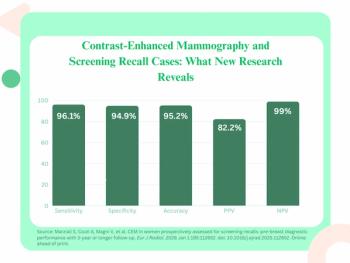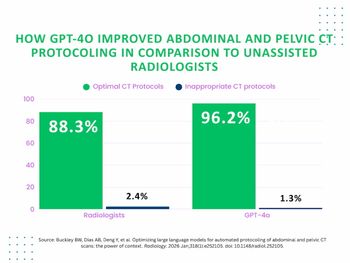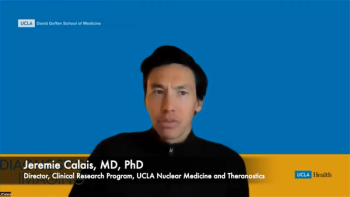
Neurovascular Imaging AI Tool Captures FDA Clearance
Avicenna.AI’s CINA Head earns 510(k) clearance for emergency room triage of intracranial hemorrhages and large vessel occlusions.
Medical solutions artificial intelligence (AI) company Avicenna.AI secured 510(k) clearance from the U.S. Food & Drug Administration (FDA) this week for its CINA Head neurovascular emergency triage tool.
With a combination of deep learning and machine learning technologies, company officials said, CINA Head can automatically detect and prioritize both intracranial hemorrhage (ICH) and large vessel occlusion (LVO) from CT scans within 20 seconds, alerting the radiologist within their existing system and workflow. It is intended to help triage multiple pathologies.
More than 795,000 strokes occur annually in the United States, leading to more than 100,000 deaths. According to company data, LVO causes up to one-third of stroke-related deaths, and ICH is thought to prompt 10 percent of cases.
Related Content:
“When dealing with a stroke, time is of the essence, and being able to prioritize effectively is critical to saving lives and improving outcomes,” said Peter Chang, M.D., neuroradiologist and Avicenna.AI co-founder. “Not only does CINA Head help radiologists to identify pathologies quickly, but also to highlight those that require the most urgent care.”
Based on company test results from 814 cases conducted in more than 250 imaging centers nationwide, CINA’s ICH detection capability was validated with 96-percent accuracy, 91.4-percent sensitivity, and 97.5-percent specificity. The LVO detection capability was validated with 476 cases, leading to 97.7-percent accuracy, 97.9-percent sensitivity, and 97.6-percent specificity.
The company has additional plans for AI tools that can be used in trauma and vascular fields within the next 12 months.
Newsletter
Stay at the forefront of radiology with the Diagnostic Imaging newsletter, delivering the latest news, clinical insights, and imaging advancements for today’s radiologists.




























